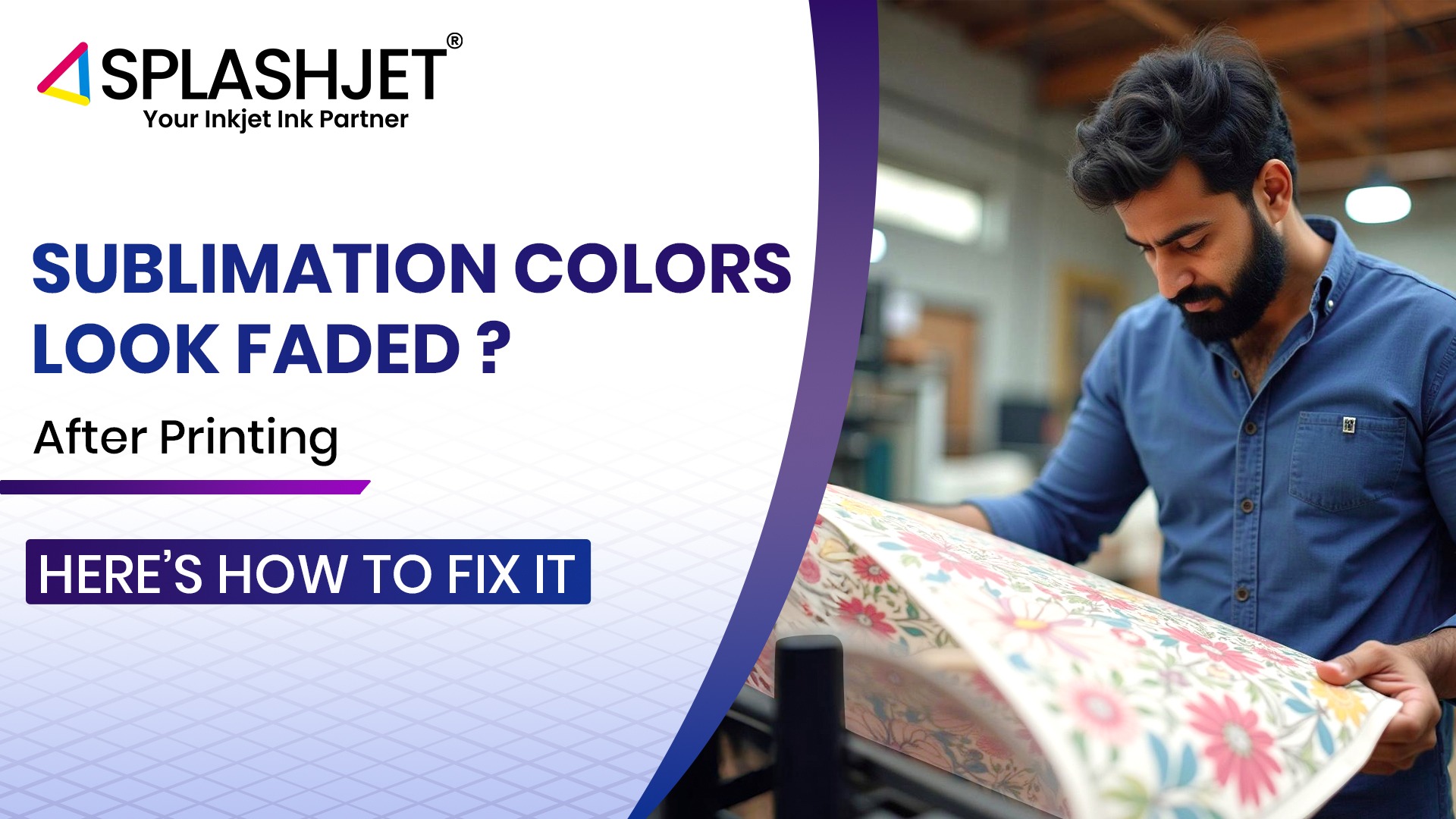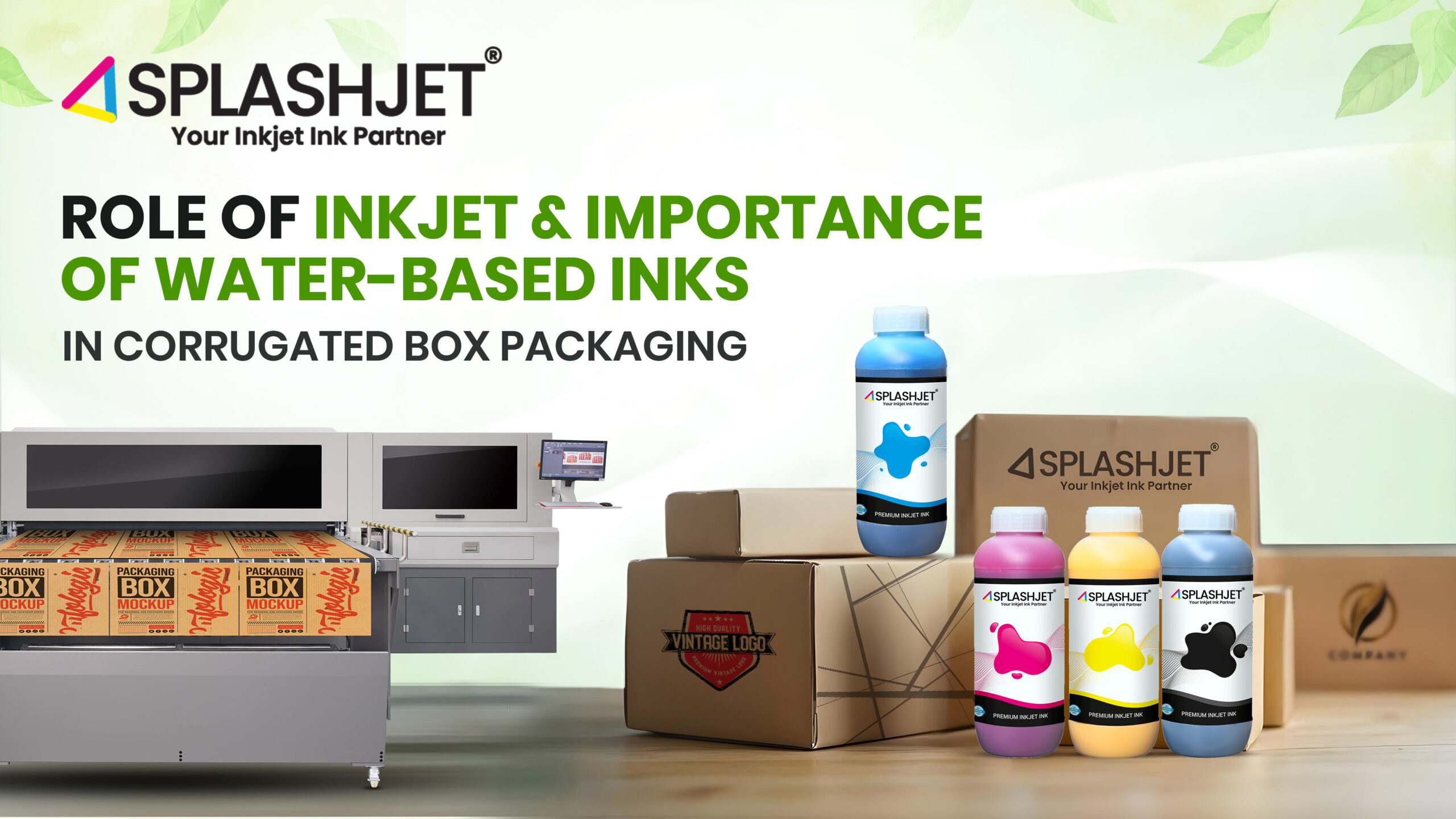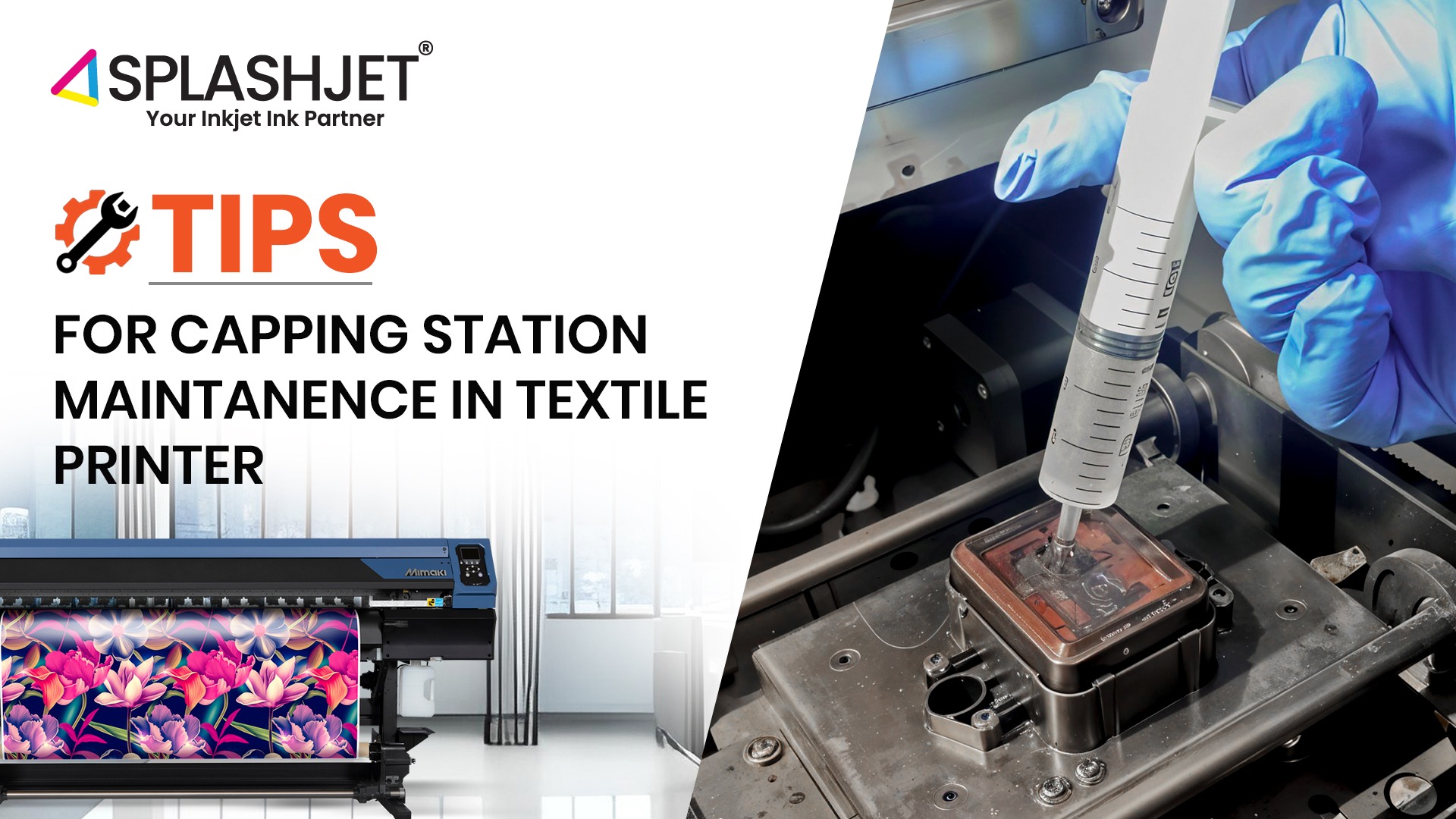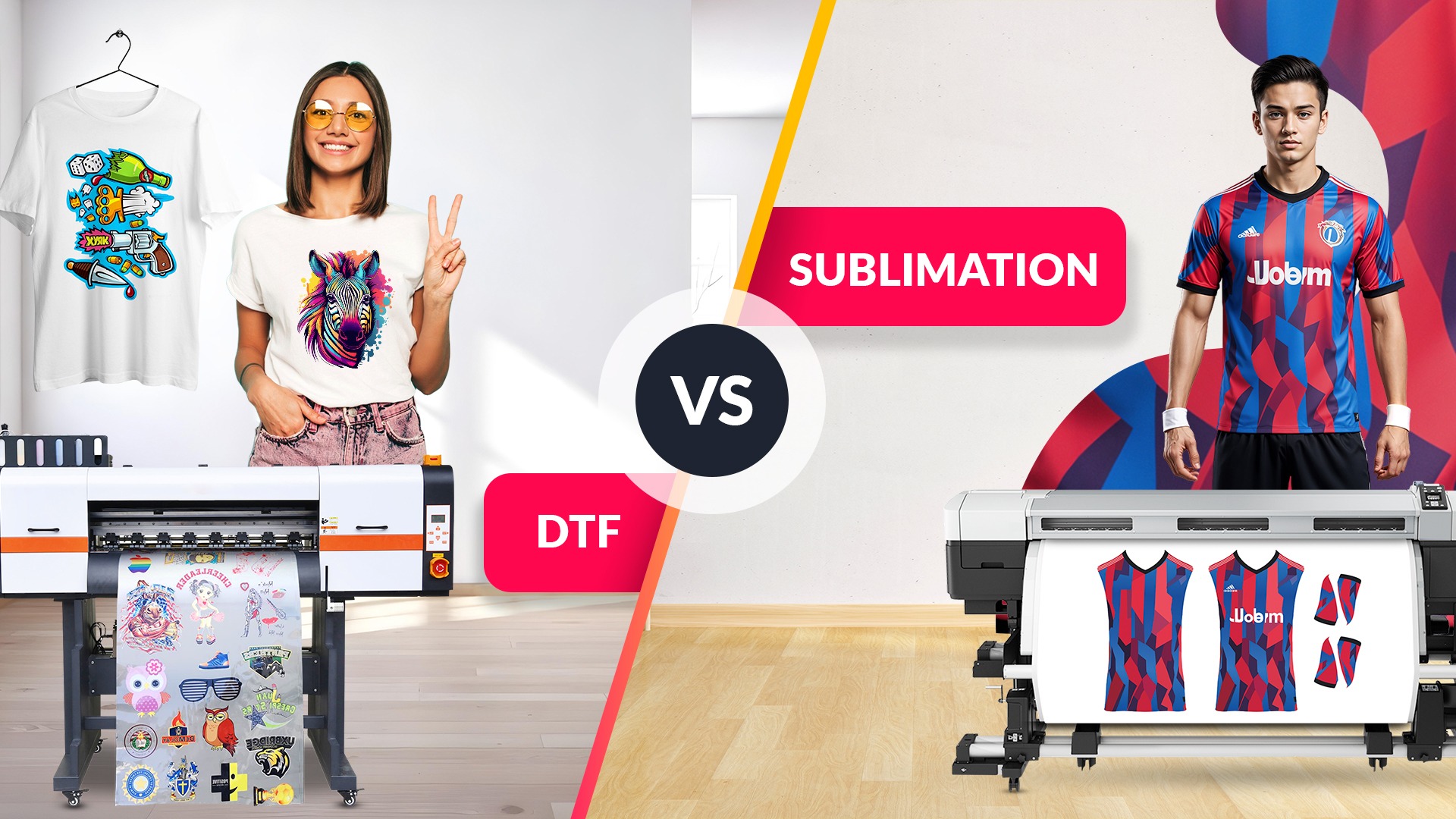
Have you ever meticulously crafted a vibrant design, only to find that your sublimation print appears faded or washed out after pressing? You’re not alone!
Sublimation printing is easy but can be influenced by multiple variables, and even minor inconsistencies can result in faded prints.
Factors such as misconfigured ICC profiles, non-standard substrates and blends, and incorrect heating temperature and pressure can compromise the vibrancy and color fidelity of your prints. Understanding this technical aspect is crucial for producing high-definition, color-accurate, and long-lasting sublimation prints. In this article, we’ll explore the key aspects affecting color vibrancy and optimize each step for flawless output.
Common Causes of Faded Sublimation Colors
🔹 Use of the Wrong Sublimation Transfer Paper
🔹 Missing or Improperly Loaded ICC profiles
🔹 Incorrect Calendar Settings
🔹 Low-Quality Sublimation Ink
🔹 Low-Quality Substrates
But how? Let’s understand.
Use of the wrong sublimation transfer paper
Selecting the right sublimation transfer paper plays a crucial role in achieving sharp, vibrant, and professional-quality prints. Using the wrong type of paper can lead to a variety of printing issues, affecting the final output and even damaging your equipment. Opting for premium sublimation transfer paper ensures optimal ink release, faster drying times, and better color consistency, contributing significantly to high-quality results.
Common problems with dye sublimation transfer paper
- Cockling:- Cockling is a condition affecting paper when they twist become wrinkled, when too much ink is used, and the paper can’t handle it based on its GSM value.
- Head strike/crash: A head strike occurs when the printhead makes direct contact with the paper or substrate. This can lead to significant and costly damage to the printhead.
- Outgassing: This can cause smudging or blurring of the image, especially around the edges of the graphics.
- Ghosting: Ghosting, also referred to as shadowing or shading, occurs when a faint duplicate of the design appears, usually due to movement during heat pressing or improper transfer settings.
- Graininess: This refers to the visible loss of smooth color transitions in a transferred image, often resulting in a rough or pixelated appearance.
- Banding: A repeating pattern of lines, either overlapping or showing visible gaps, typically due to printhead or ink delivery issues.
GSM value sheet for Textile Sublimation Printing
| Paper GSM Value | Application | Coating | Ink Release Rate | Temp. | Transfer Time |
|---|---|---|---|---|---|
| 22-29 GSM | Apparel, Sports Apparel, Home Décor, Hard Surfaces, Fashion, Banners/Signage | Quick-Dry Coating | NA | 180°C-205°C | 25-40 SEC |
| 35-45 GSM | Fashion (Clothes, linens, scarves, etc.) Home textiles (bed linen, curtains, etc.) | Coated | NA | 180°C-250°C | 25-40 SEC |
| 45-55 GSM | Fashion (Clothes, jerseys, lining, scarves, etc.) Home textiles (bed linen, curtains, etc.) Soft signage (displays, banners, etc.) | Coated | High Color Release | 180°C-220°C | 35-60 SEC |
| 68-95 GSM | Fashion (Clothes, linens, scarves, etc.) Home textiles (bed linen, curtains, etc.) Sports wear (Jerseys) Soft signage (displays, banners, etc.) Hard substrates (snowboard, skis, gadgets, etc.) | Coated | High transfer rate High inkload capacity | 195°C -205°C | 25-60 SEC |
| 60-100 GSM | Fashion (clothes, jerseys, lining, scarves, etc.) Home textiles (bed linen, curtains, etc.) Soft signage (displays, banners, etc.) | Coated | Moderate to Controlled Ink Release | 177°C -204°C | 30-60 SEC |
| 70-85-130 GSM | Fashion (clothes, linings, scarves, etc.) Home textiles (bed linen, curtains, etc.) Sports wear (Jerseys) Soft signage (displays, banners, etc.) Hard substrates (snowboards, skis, gadgets, etc.) | Coated | 70-85: Higher ink release rate 130: lower but more controlled ink release rate | 195°C -205°C | 40-60 SEC |
Missing or Improperly Loaded ICC Profiles
Even if you’re using the finest sublimation ink and materials, suboptimal printer configurations can still hinder color vibrancy. If your prints appear dull or muted, ensure that you have loaded the correct ICC profile tailored to your specific ink and printer combination.
An ICC profile acts as a color-matching bridge between your design software (RGB), printer (CMYK), and sublimation ink properties, ensuring precise color accuracy and tonal depth.
To refine your printer settings for maximum vibrancy:
- Load the correct ICC profile to achieve true-to-life color reproduction
- Adjust print resolution to high-quality mode for enhanced detail and depth
- Fine-tune ink density levels to avoid oversaturation or undersaturation
Incorrect Calendar Settings
The transfer process plays a pivotal role in determining print vibrancy and sharpness. If the temperature is too low or the dwell time is insufficient, the sublimation ink fails to fully sublimate, leading to partial ink transfer and muted colors. Conversely, excessive heat or prolonged exposure can cause ink over-gassing, resulting in bleeding, blurriness, or color distortion. Therefore, maintaining a uniform temperature, precise pressure, and balanced dwell time is critical to ensuring sharp, saturated prints.
Recommended Calendar Settings for Optimal Sublimation Results
- Polyester Fabric – 385°F – 400°F, 40-60 seconds, light to medium pressure
- Cotton Fabric – 350°F – 375°F, 10-15 seconds, medium to heavy pressure
- Cotton-Poly Blend – 320°F – 350°F, 10-15 seconds, medium pressure
Maintaining consistent heat distribution, controlled pressure application, and precise timing will prevent defects such as ghosting, banding, or color migration, ensuring high-quality prints with crisp definition and vivid hues.
Low-Quality Sublimation Ink
Sublimation ink is a specialized dye-diffusion ink that bypasses the liquid phase and transforms directly from solid to gas under heat and pressure, seamlessly bonding with fibers. This unique property enables deep ink penetration and superior colorfastness. Therefore, investing in high-quality sublimation ink will deliver vibrancy and longevity, with high-quality sublimation ink with ultra-fine dye particles for seamless color blending.
Low-Quality Substrates
To achieve high-fidelity, fade-resistant, and richly saturated prints, always choose compatible substrates with at least 65% polyester content or properly coated hard surfaces, such as mugs, metal sheets, or ceramic tiles. These materials ensure efficient ink absorption and vibrant color transfer during sublimation printing.
Sublimation delivers the best results on light-colored fabrics, as the inks are translucent and do not show well on dark backgrounds. For dark garments, it’s recommended to use a layer of light-colored HTV (heat transfer vinyl) as a base, allowing your designs to remain vivid and eye-catching.
| Fabric Combination | Typical Application | Sublimation Printing Result |
|---|---|---|
| 100% Polyester | Sportswear, flags, and fashion apparel | Excellent – vibrant colors, high durability |
| 65% or more Polyester | Uniforms, promotional textiles | Good – decent color vibrancy and durability |
| 65% Poly + 35% Cotton | Casual wear, polos | Fair – lighter colors; cotton may reduce vibrancy |
| 67% Poly + 33% Viscose | Blended apparel, soft-touch garments | Good – smooth finish, good color retention |
| 98% Poly + 2% Elastane | Activewear, leggings, stretch fabrics | Excellent – vibrant prints, stretch may slightly distort |
| 50% Poly + 50% Cotton | T-shirts, casual garments | Poor – dull prints, low wash durability |
| 60% Poly + 40% Cotton | Polo shirts, workwear | Fair – better than 50/50, but not ideal |
| 65% Cotton + 35% Poly | Casual wear to home textiles | Poor – cotton dominant, resulting in faded prints |
| 80% Cotton + 20% Poly | Leggings, T-shirts, and casual or athletic apparel | Very Poor – Sublimation not recommended |
Final Techniques for Flawless Sublimation Printing
To mitigate printing defects and maintain consistently vibrant results, follow these essential best practices:
- Convert your design to CMYK mode before printing to align with sublimation color output.
- Perform nozzle checks regularly to detect clogged nozzles and prevent print inconsistencies.
- Print on the coated side of the sublimation paper to ensure maximum ink retention and transfer efficiency.
- Conduct routine test prints to verify color accuracy and adjust ICC settings if needed.
- Store sublimation inks and papers properly in a dry, climate-controlled environment to preserve their quality.
- Run small test batches before full-scale production to identify color deviations and optimize calendar settings accordingly.
You can achieve vibrant, durable, and professional-quality sublimation printing every time by meticulously fine-tuning each stage of the sublimation process—from printer calibration to heat-press precision.


